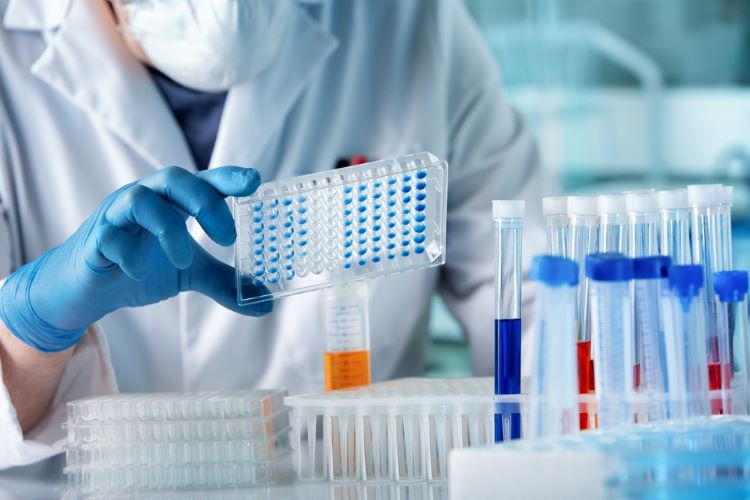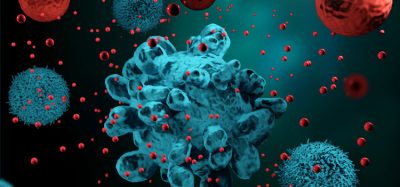The race for a new class of antibiotics
Posted: 21 November 2022 | Catherine Eckford (European Pharmaceutical Review) | No comments yet
No new antibiotic class has reached market since 1987, despite 227,808 papers published since WHO released its priority pathogens list, finds study.


A study on the surge of new antimicrobial research has shown that despite almost a quarter of a million research papers (227,808) being published on the 12 bacterial families in the World Health Organization (WHO) global priority pathogen list of antibiotic-resistant bacteria from 2017, no new class of antibiotics has gone to market since 1987.
Study data from Elsevier’s abstract and citation database Scopus, identified that 2,450 papers were published in 2021 on the pathogen WHO identified as most critical, Acinetobacter baumannii (carbapenem-resistant). Yet only three active clinical trials are researching the bacteria. Just one trial of the three is investigating potential therapies.
A new class of antibiotics
Published research offers potential for new antibiotics to be developed and to help address the global threat of antimicrobial resistance (AMR).
Data showed that Staphylococcus aureus (methicillin-resistant, vancomycin-intermediate and resistant), determined as ‘high’ priority by WHO, had the most documents published overall: 83,165 since 2017.
Scopus data analysis revealed the US led in either first or second place for producing the most research into all the families of bacteria included in the priority list. It also found China appears consistently within the top three for all the 12 priority pathogens. France, India, Iran, Italy and UK are the top five countries leading research into the top three ‘critical’ pathogens listed (A. baumannii, Pseudomonas aeruginosa and Enterobacteriaceae) to address AMR.
The analysis noted there has been a rise in the number of papers published about:
- Aeruginosa: 8,786 in 2021 versus 5,856 in 2017
- Enterococcus faecium: 1,246 in 2021 versus 730 in 2017
- Neisseria gonorrhoeae: 731 in 2021 versus 478 in 2017.
The only bacterial family to witness a decline in research was Shigella spp. (fluoroquinolone-resistant), as 98 papers were published in 2021, a decrease from 100 in 2017.
“It’s encouraging that the WHO’s list has achieved its goal of ramping up research efforts for these threats, but scientists could now face the barrier of too much data to make it actionable,” commented Thibault Géoui, Senior Director, Discovery Biology and Predictive Risk Management at Elsevier.
Géoui added: “… we need new approaches to ensure that scientists can apply it to their research. We’ve seen how technologies like AI and machine learning have contributed to considerable breakthroughs during the Covid-19 pandemic… we must arm researchers with the tools to better manage data and accelerate the discovery of new antimicrobials.”
The study shares data pertinent to World Antimicrobial Awareness Week (WAAW), an initiative running from 18-24 November to raise awareness of and help combat AMR.
Related topics
Antibiotics, Biopharmaceuticals, Clinical Development, Data Analysis, Drug Development, Manufacturing, Production, Research & Development (R&D)








